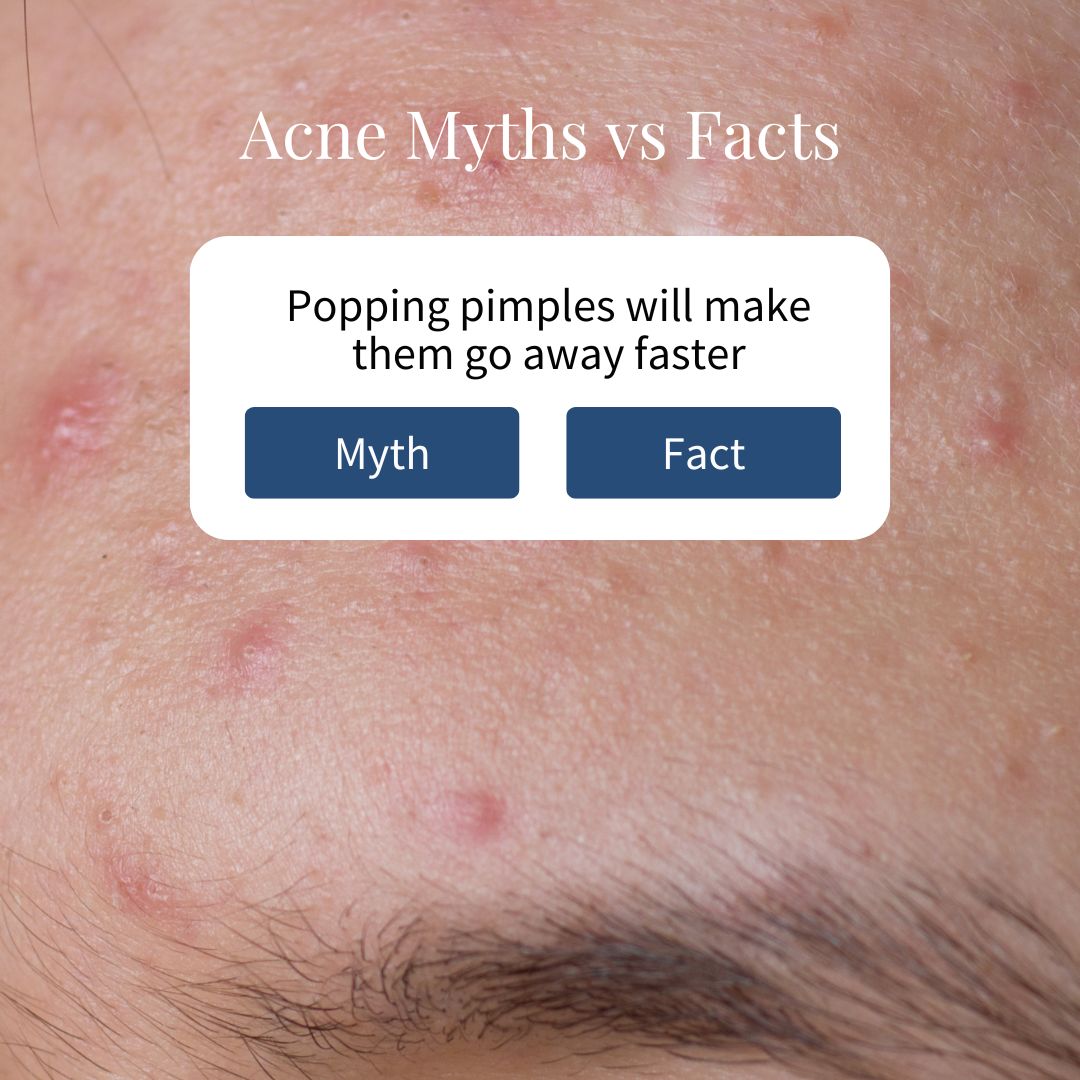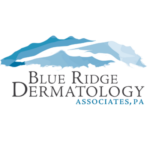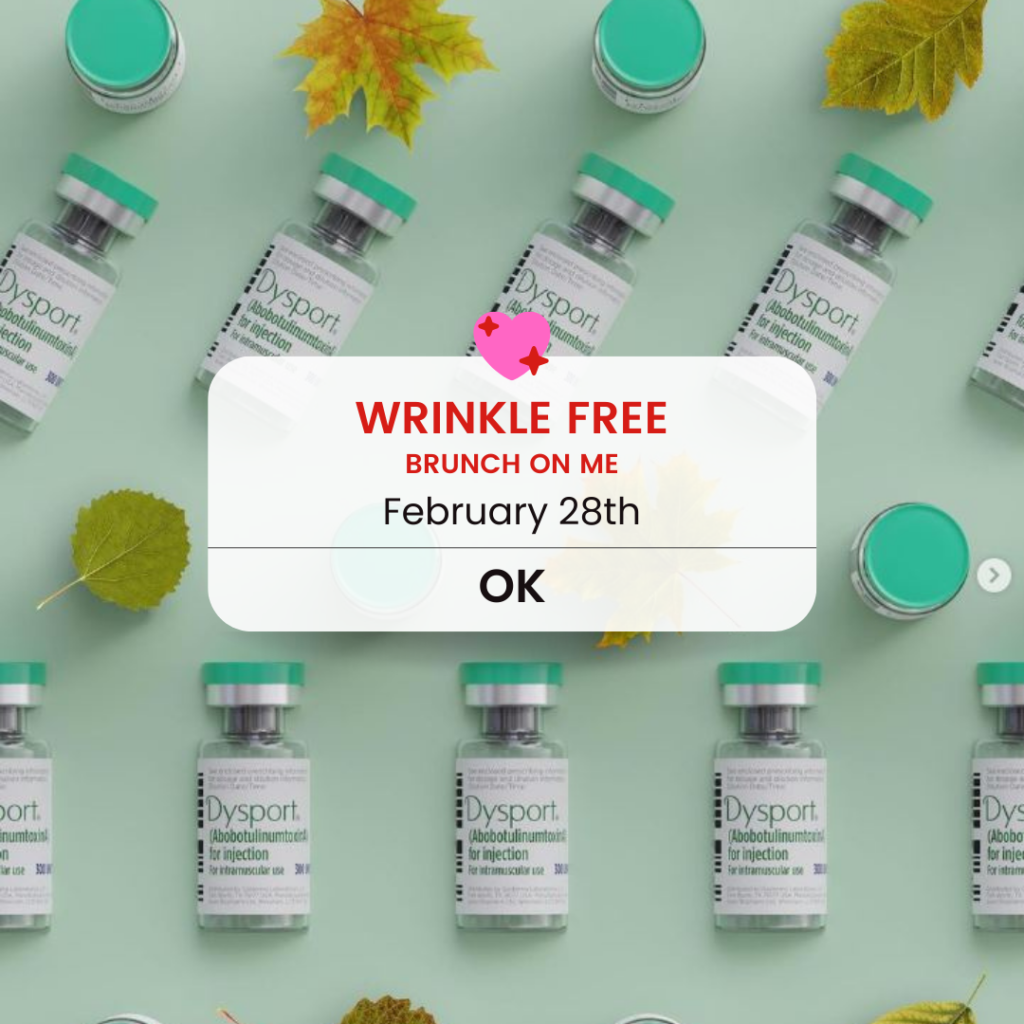Acne is one of the most common skin conditions, affecting millions of people worldwide. Yet, despite its prevalence, numerous myths persist about its causes and treatments. Let’s debunk 5 of these myths and set the record straight with facts.
Myth 1: Eating greasy food causes acne
Fact: The belief that consuming greasy food directly causes acne is a widespread misconception. It’s important to differentiate between the oils that you eat and the oils produced by your skin. Acne develops not because of the fats present in the food you consume but when the pores on your skin are blocked by a combination of sebum (the oil produced by the skin), dead skin cells, and bacteria.
However, it’s crucial to note that your diet does play a role in your skin’s health, albeit indirectly. Research has shown that high-glycemic foods such as white bread, candy, fried foods, soft drinks, and other sugar-rich foods can trigger hormone fluctuations and inflammatory responses, which may increase the production of skin oil and promote acne formation. These foods are known to cause a spike in insulin levels, which in turn can boost sebum production and exacerbate skin conditions like acne.
Myth 2: Only teenagers get acne
Fact: While acne is often associated with the hormonal roller coaster of adolescence, it is by no means a condition that affects only teenagers. The truth is that acne can happen at any stage of life, including infancy, adulthood, and even later years.
Many adults find themselves dealing with acne well into their 30s, 40s, and beyond. In fact, adult-onset acne is becoming increasingly common, particularly among women. Several factors contribute to adult acne:
- Hormonal Fluctuations: For women, fluctuations in hormone levels during menstrual cycles, pregnancy, peri-menopause, and menopause can all trigger acne.
- Stress: There is a well-documented connection between stress and acne flare-ups. Stress does not completely cause acne, but it exacerbates it by increasing the production of hormones such as cortisol, which can, in turn, increase oil production.
- Cosmetic Products: Adult skin can be sensitive to certain ingredients in cosmetics, skincare products, or hair products. These products can clog pores, leading to what is known as acne cosmetica.
- Lifestyle and Environment: Factors like diet, pollution, humidity, and inappropriate skincare can all trigger or worsen acne.
Myth 3: Washing your face more frequently will clear up acne
Fact: It’s a common misconception that more frequent washing will help clear acne by removing oil and dirt from the skin’s surface. However, this approach can actually do more harm than good.
The skin has a natural barrier made up of oils, fatty acids, and natural moisturizers that protect against irritants and infections. Overwashing can strip away this barrier, leading to an increase in oil production as the skin tries to compensate for the loss of moisture. This can result in even more breakouts as excess oil accumulates and clogs pores.
Proper Cleansing Techniques
Frequency: Washing your face twice a day is generally sufficient for keeping your pores clear and your skin healthy. It’s particularly important to wash your face before bed to remove makeup and the day’s accumulated dirt and oil.
Cleansers: Use a gentle, non-abrasive, and alcohol-free cleanser. Harsh cleansers can irritate the skin, exacerbate inflammation, and increase acne problems.
Technique: Avoid scrubbing your face harshly with a washcloth, sponge, or hand mitt. Gentle washing with the hands is less irritating to acne-prone skin.
Avoid Over-Exfoliating
While exfoliation can help remove dead skin cells and promote cell turnover, overdoing it can lead to significant irritation and worsen acne. Exfoliating once or twice a week is usually enough for most skin types.
Myth 4: Makeup causes acne
Fact: It’s a common belief that wearing makeup can lead to acne breakouts, but the reality is more nuanced. Not all makeup causes acne; the development of acne from makeup depends largely on the type of products used and how they are applied and removed.
Understanding Non-Comedogenic Products
Non-comedogenic products are specifically designed to not block or clog pores, which is crucial for preventing acne. Clogged pores trap oil and bacteria, leading to inflamed skin and acne breakouts.
Choosing the Right Makeup
Ingredients Matter: Avoid products containing oils, silicones, or waxes that can clog pores. Look for ingredients like salicylic acid that can help to prevent and treat acne.
Quality Over Quantity: Invest in high-quality skincare products that may be free from irritants and are less likely to cause skin problems. Expensive doesn’t always mean better, but it’s important to research and select products based on their ingredients and your skin type.
Proper Application and Removal
Clean Application Tools: Regularly wash makeup brushes and sponges to prevent the buildup of bacteria and oil that can be transferred to your face.
Never Sleep in Makeup: Always remove your makeup before going to bed, even if you are extremely tired. Sleeping with makeup on can lead to clogged pores and subsequent breakouts.
Gentle Removal: Using a gentle makeup remover or cleansing wash to effectively dissolve makeup without and ensure all remnants of makeup and remover are gone.
Myth 5: Popping pimples will make them go away faster
Fact: The temptation to pop a pimple to quickly clear your skin is a common impulse, but the reality is that this habit can lead to more harm than good. Popping pimples is not a safe solution and can actually exacerbate the problem by causing further inflammation, infection, and even permanent scarring.
Why Popping Pimples Can Be Harmful
Spreading Infection: Squeezing a pimple can force the pus and bacteria deeper into the skin, spreading the infection to nearby areas. This can lead to more acne.
Increased Inflammation and Redness: Popping pimples often irritate the skin, increasing redness and swelling. This can make the acne appear worse and more noticeable.
Risk of Scars: The biggest risk of popping pimples is the potential for scarring. When you pop a pimple, you can tear the skin, leading to a wound that requires healing. The healing process can result in scarring or post-inflammatory hyperpigmentation (dark spots) that may last much longer than the original pimple.
Healthier Alternatives to Manage Pimples
Let It Heal Naturally: The best way to deal with a pimple is to let it heal on its own. Your skin has natural healing mechanisms that will work to clear the pimple without the risk of scarring or spreading infection.
Use Appropriate Acne Treatment: Apply topical treatments that contain ingredients like benzoyl peroxide and salicylic acid. These can help to reduce inflammation and clear blockages in the pores.
Warm Compress: For large, painful cysts, a warm compress can help to reduce pain and bring the pus to the surface. Once the pimple comes to a head, it may drain on its own with gentle pressure.
Professional Help: Dermatologists can provide treatments like corticosteroid injections to reduce swelling and treat severe acne cysts quickly. This method reduces the risk of scarring.
Navigating Acne with Informed Care
Understanding what does and does not cause acne is not just beneficial—it’s essential for the effective management and treatment of this pervasive skin condition. Misconceptions about acne can lead to ineffective and sometimes harmful practices that may exacerbate the problem rather than resolve it. By debunking these myths, we empower ourselves with the knowledge necessary to make informed decisions about our skin health.
Acne is a complex condition influenced by a variety of factors, including genetics, hormones, environment, and lifestyle. No single treatment works for everyone, and what may be effective for one person could be ineffective or irritating for another. This variability underscores the importance of personalized skincare, designed to meet the unique needs of each individual.
Consulting a Dermatologist
For those struggling with acne, consulting with a dermatologist is a crucial step. At Blue Ridge Dermatology, our team is trained to diagnose different types of acne and can provide evidence-based treatments that are suited to your specific condition. They can help you:
- Understand Your Skin: A dermatologist can analyze your skin type, acne severity, and other factors that influence your acne.
- Tailor Treatments: From topical treatments and oral medications to advanced therapies like chemical peels or laser treatments, dermatologists can offer a range of options that are customized for your skin’s needs.
- Prevent Scarring: By managing your acne effectively, a dermatologist can help prevent the development of scars and reduce the likelihood of long-term skin damage.
- Adjust as Needed: Skin changes over time, and what works today might not work in the future. A dermatologist can help you adapt your treatment plan as your skin evolves or as other external factors come into play.
In conclusion, effective acne management is a combination of education, professional guidance, and personalized care. At Blue Ridge Dermatology, we can help you navigate the complexities of acne with the most current and competent approaches. Remember, with the right treatment plan, most forms of acne can be controlled and significantly improved.




